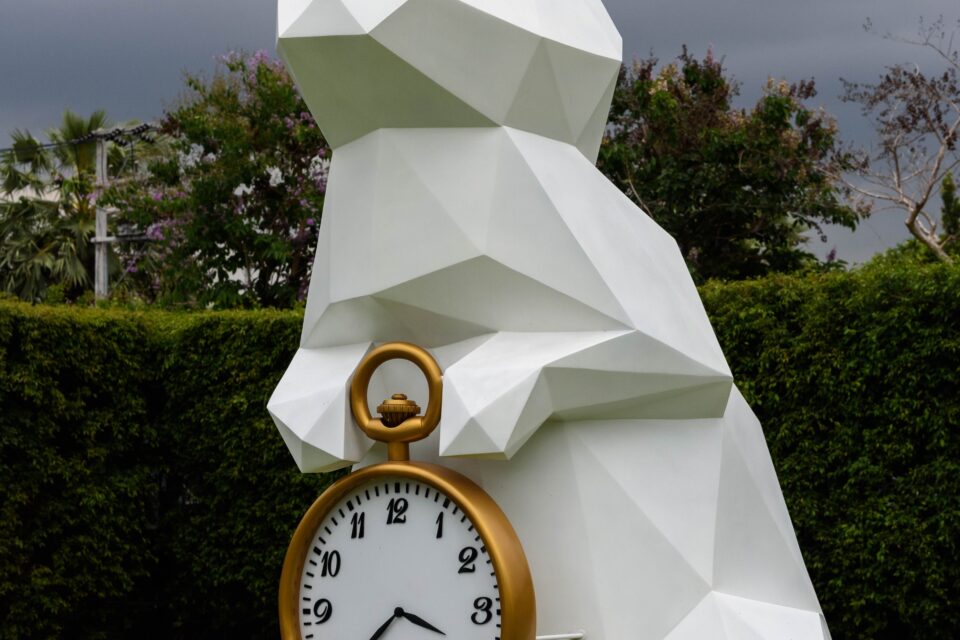Introduction for the week
Why is our culture so obsessed with Lewis Carroll’s Alice in Wonderland? Even if you have never read Carroll’s work, you are probably familiar with the story just from our cultural consciousness. It seems like we are always chasing after some white rabbit in film, and its possible there have been more adaptations of Alice than any other story. Just having a white rabbit in your film is enough for it to be a reference to Alice. She is so popular that we associate all rabbits with her. That is how powerful Alice in Wonderland is.
What makes Alice so unique is that its legacy comes from both Carroll’s work and its later adaptations. This means that Alice is neither literary nor cinematic, but a bizarre union of the two. Because of this status, the story of Alice comes with a lot of expectations and associations. Her narrative is often associated with drugs, mirror worlds, adolescent adventures, doubles, and riddle or dream logic.
Referring to Alice is an easy way to make a connection to these associations. If you want to show that a person is heading into a different world, have them walk through a mirror. If you want to communicate that a person is heading into an unprecedented situation, mention that they are going down the rabbit hole. As an audience, we are already familiar with these actions because of our Alice knowledge. Therefore, by referencing Alice, a film can make a connection with the viewer and communicate based on their familiarity.
Once you start paying attention to these Alice details, you notice that Alice gets referenced in a lot of films. This is so widespread, that I once had a film professor argue that every ‘true’ cult film includes a rabbit. The rabbit does not have to have a plot line or even be mentioned, just so long as it appears in the background of a shot. His argument was that all cult film is in someway involved with Alice, and that this rabbit is just one of the ways they pay homage to the Alice culture.
What I find interesting is that making a reference to Alice in a film pays homage not just to Carroll but to the other films which have referenced Alice. This means that including a white rabbit is a way to cite your sources. It shows people that you are aware of what came before, both in literature and film. It also invites them to follow the white rabbit, as you have, into the other Alice projects and references. This is why Alice is perhaps the greatest and most recognizable allusion we have in film.
This week, I will be focusing on films which reference Alice but are not a direct adaptation. When I say direct, I mean they are not a literal adaptation of Carroll’s work, but a symbolic or nuanced kind. In other words, it is when the Alice story enhances your experience with the film but is not necessary to enjoy it. That said, I hope you enjoy my discussion, particularly as I fall deeper and deeper into the extended world of Alice.
